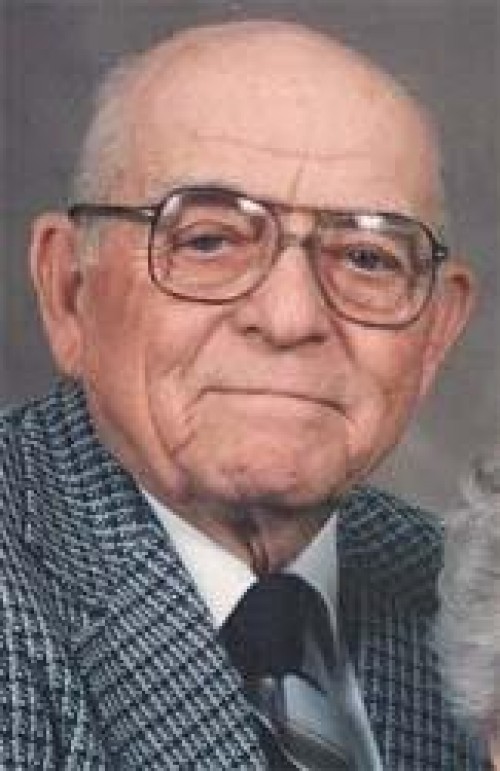
Morgan City man charged with stealing vehicle driven in fatal crash
October 6, 2009
James "Jim" Templet
October 8, 2009Vessel repair company G&H Barge in East Houma received a $1.7 million grant from the federal stimulus package to expand the facility’s dry dock, which has access to the Houma Navigation Canal. The company had to provide a 25 percent match, which amounted to around $600,000.
The renovation will require a year to complete.
Frank Hernandez, G&H vice president, said the dry dock expansion will double the company’s nine current employees.
He said the aid comes at a time when the company has experienced a downturn, like many businesses in the Houma area dependent on the oil and gas extraction industry. Oil producers have seen a steep drop in the number of rigs in the Gulf of Mexico. Hernandez estimated business at G&H has been down 40 percent this year.
He said G&H did receive an order last week for 1,200 tons of the company’s limestone, used in rig pads placed under drill barges for stabilization.
“We’re excited about the expansion,” Hernandez said. “It will help the area, it will help us. It couldn’t have come at a better time.”
The upgrade to the dry dock will allow G&H to repair vessels weighing greater than 750 tons and will increase the number of platforms in the dock from one to three.
“It will provide more versatility,” Hernandez said.
G&H applied for aid from the federal stimulus in June. The company was assisted with its application by Lisa Maloz, grantwriter and researcher for the Terrebonne Economic Development Authority.
The federal stimulus funds G&H received were administered through the Maritime Administration’s Assistance to Small Shipyards program. The agency is part of the federal Department of Transportation.
The program awarded nearly $100 million in grants to shipyards across the country this year.
Companies were able to apply for the grants without an intermediary like TEDA, which is not always the case, Maloz said.
“We gave G&H economic information, read through the application at different stages and suggested where to focus,” she said.
“The DOT wanted to see innovation as part of the project,” Maloz said. “G&H was innovative and could progress the shipyard industry. I reviewed the application at different stages. How could the project create jobs and be innovative?”
Maloz said 2009 was the second consecutive year grants were awarded through the Assistance to Small Shipyards program, but this year the amount of money available was much greater because of the infusion of funds from the federal stimus.







